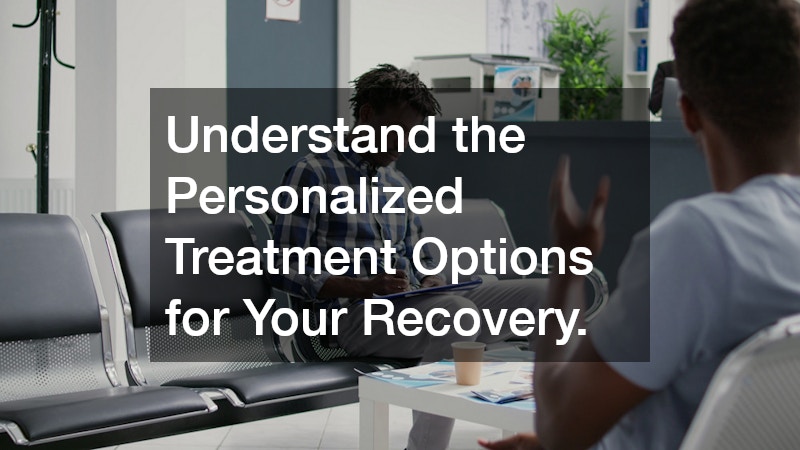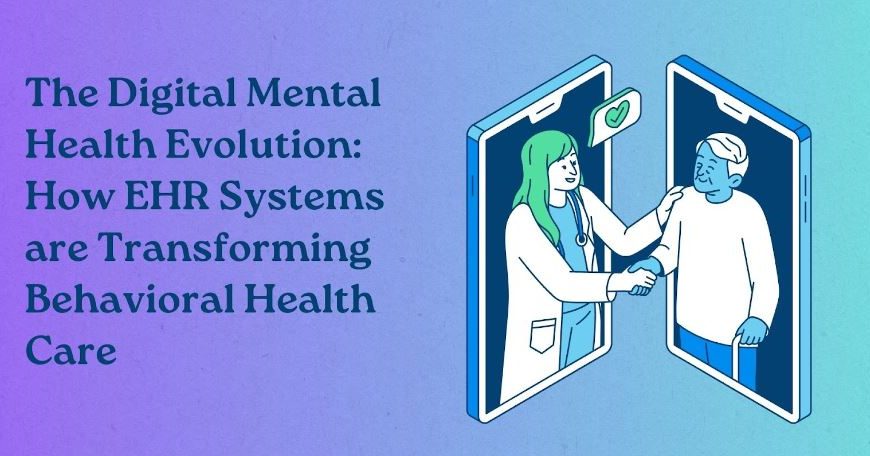The concept of dual diagnosis represents the co-occurrence of mental health and substance use disorders within an individual. It is a prevalent issue, affecting a significant portion of the population seeking mental health treatment. Understanding dual diagnosis treatment is crucial in providing comprehensive care for affected individuals.
What is Dual Diagnosis and Why is it Challenging?
Definition and Common Disorders
Dual diagnosis refers to the simultaneous presence of a mental health disorder and a substance use disorder in an individual. Common mental health disorders associated with dual diagnosis include depression, anxiety, and bipolar disorder.
Substance abuse can involve alcohol, drugs, or other addictive behaviors. The combination of these disorders creates unique challenges in the diagnosis and treatment plan. Health professionals must carefully assess the interrelation between the mental health and substance use components.
Prevalence and Statistics
Diverse studies highlight the prevalence of dual diagnosis, which can be found in around a third of individuals experiencing mental health issues. Approximately 50% of individuals with severe mental disorders are affected by substance use disorders. This correlation between mental health and substance use disorders underlines the necessity for awareness and specialized treatments. Addressing both aspects of dual diagnosis effectively is crucial to achieving sustainable recovery. The high prevalence also underscores the need for extensive training among healthcare providers.
Challenges in Diagnosis
Diagnosing dual diagnosis is fraught with complexities due to overlapping symptoms and the compounding effects of each disorder. Symptoms of mental illness can be mistaken for or exacerbated by substance use, complicating initial assessments. Misdiagnosis can lead to ineffective treatment plans, further entrenching the individual in their disorders. Accurate diagnosis requires comprehensive evaluation by experienced professionals equipped to discern the intricacies of both conditions. The integrated approach ensures that all aspects of the patient’s health are considered in the diagnostic process.
Differences in Age Groups
Dual diagnosis affects various age groups differently, adding another layer of complexity to its management. For adolescents, substance use may stem from an underlying mental health disorder, or vice versa. In older adults, the onset of substance use may be linked to untreated mental health conditions or life stressors. Treatment plans must be tailored to specific age groups, acknowledging the social and developmental factors at play. Recognizing these variations is critical to developing effective and targeted interventions for all ages.
The Importance of Integrated Treatment
Integrated treatment is pivotal in effectively addressing dual diagnosis, blending mental health care with substance abuse treatment. This approach ensures that both disorders are treated concurrently, reflecting their interdependent nature. Integrated treatment plans improve outcomes by providing cohesive strategies that address all symptoms together. Patients benefit from a seamless treatment experience, reducing the risk of relapse and improving overall well-being. Healthcare providers must advocate for integrated models to optimize care and support recovery.
How Is Dual Diagnosis Typically Treated?
Integrated Treatment Programs
Integrated treatment programs are designed to meet the complex needs of individuals facing dual diagnosis. These programs provide a comprehensive framework, combining mental health treatment with addiction therapy in a single, coherent plan. Professionals from both fields collaborate to develop strategies that encompass all aspects of the individual’s conditions. This coordinated care model enhances communication and consistency in treatment delivery. Ultimately, integrated treatment programs aim to address the root causes and provide sustainable recovery paths.
Psychotherapy Approaches
Psychotherapy plays a crucial role in treating dual diagnosis, offering various approaches to address both mental health and substance use disorders. Cognitive-behavioral therapy (CBT) is often utilized to modify negative thought patterns and behaviors. Other approaches, like dialectical behavior therapy (DBT), help individuals manage stress and emotion regulation more effectively. These therapies are tailored to individual needs, ensuring that treatment resonates with each person’s unique experiences and challenges. Effective psychotherapy promotes understanding and empowers patients to enact lasting change.
Medication Management
Medication management is an integral component of dual diagnosis treatment, helping to stabilize mood and manage withdrawal symptoms. Psychiatrists may prescribe medications to address specific mental health conditions while also considering potential interactions with substances. This careful consideration is essential to avoid adverse effects and ensure therapeutic efficacy. Medication titration follows rigorous monitoring to assess impacts on both mental and substance use components. Collaboration between healthcare providers is essential in delivering a balanced and safe medication regimen.
Supporting Therapies
Supporting therapies, including occupational and recreational therapy, complement core dual diagnosis treatments. These therapies focus on enhancing life skills, promoting physical health, and fostering social connectivity. Engaging activities serve to provide structure and enjoyment, reducing reliance on substances as coping mechanisms. Supportive therapies also offer opportunities for individuals to explore personal interests and develop new passions. The holistic approach addresses various aspects of an individual’s life, contributing to comprehensive recovery.
How Can Family Involvement Aid in Recovery?
Importance of Family Support
Family support plays a critical role in the dual diagnosis recovery process, providing emotional and practical support. Having a supportive network helps individuals feel understood and less isolated, fostering resilience and motivation. Family involvement can facilitate treatment adherence, encourage continued participation, and promote healthy lifestyle changes. A strong family support system can act as a buffer against stress, aiding in the management of symptoms. Encouraging family cohesion is beneficial to the recovery journey, impacting both short-term progress and long-term stability.
Family Therapy Approaches
Family therapy approaches are instrumental in engaging family members in the recovery process. Techniques such as systemic family therapy focus on improving family dynamics and addressing dysfunctional patterns. Therapy sessions enable open discussions, allowing each member to express concerns and contribute to collective healing. Family therapy provides tools to repair relationships, build empathy, and enhance problem-solving abilities. The inclusive approach fosters collaboration and equips families to support their loved one’s recovery journey effectively.
Educating Families About Dual Diagnosis
Educating families about dual diagnosis equips them with essential knowledge to support their loved ones effectively. Understanding the complexities of co-occurring disorders helps manage expectations and provide informed guidance. Educational programs often cover symptoms, treatment options, and coping strategies, enhancing family engagement and support. Well-informed families are more capable of recognizing signs of relapse and intervening constructively. Encouraging ongoing education ensures that families remain well-equipped to navigate the recovery process alongside their loved one.
Building Healthy Communication
Healthy communication between family members and individuals with dual diagnosis significantly impacts recovery outcomes. Open and respectful dialogue allows for the expression of emotions and concerns without judgment. Establishing clear communication channels fosters trust, enhances understanding, and reduces conflicts. Family therapy sessions often focus on developing effective communication skills, promoting active listening, and constructive feedback. Building strong communication within the family unit supports healing and contributes to a nurturing recovery environment.
Conclusion
In conclusion, the treatment of dual diagnosis requires a multifaceted and personalized approach, addressing both mental health and substance use disorders. Integrated treatment strategies, supportive family involvement, and informed care are essential in navigating the complexities of dual diagnosis. Ongoing research and adaptation of personalized approaches remain vital to advancing care for those affected, ensuring that treatment remains relevant and effective for each individual’s journey. Prioritizing these elements contributes to improved recovery outcomes and paves the way for a deeper understanding of this challenging condition.





